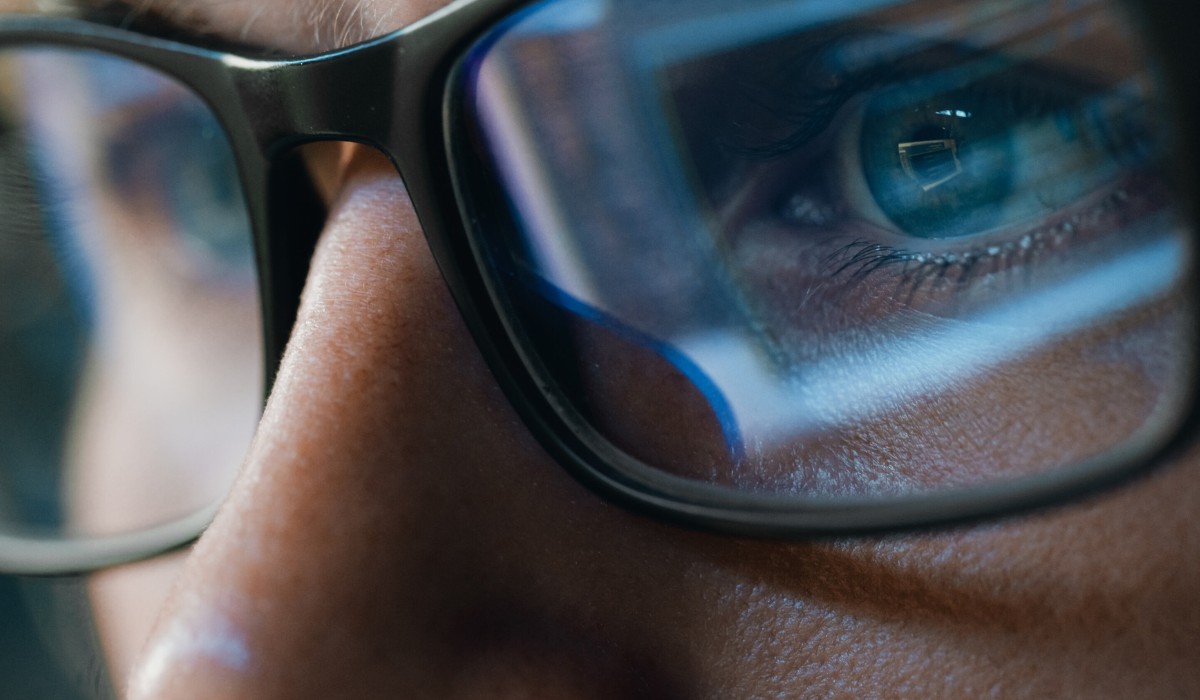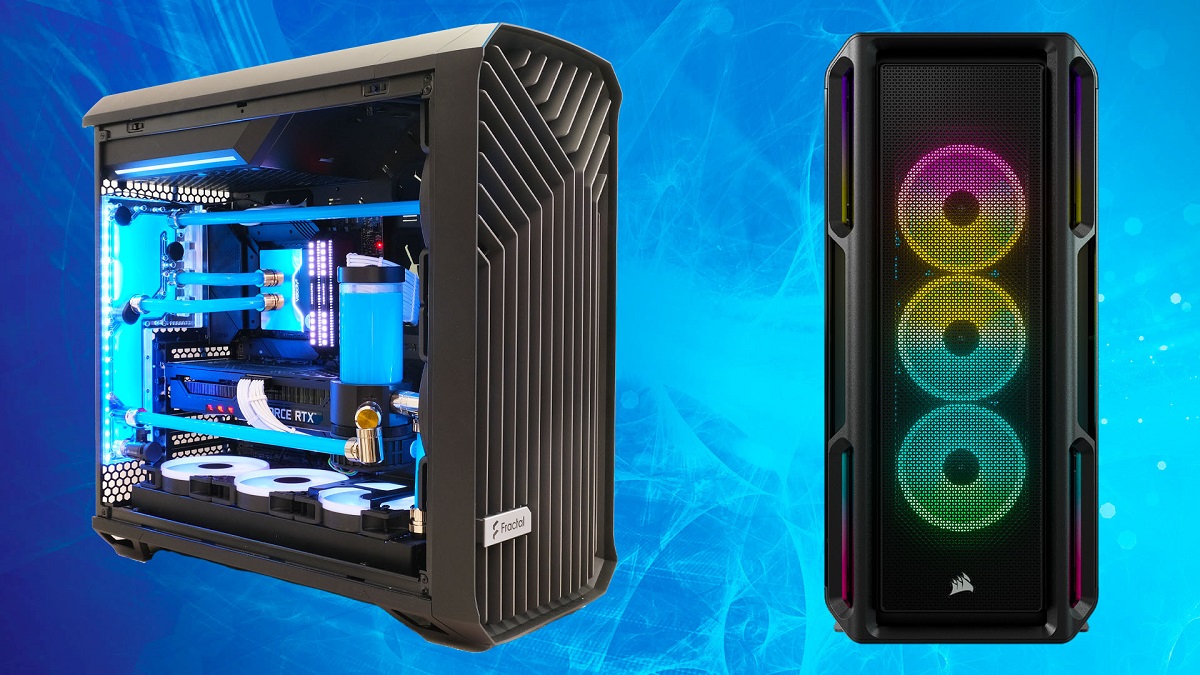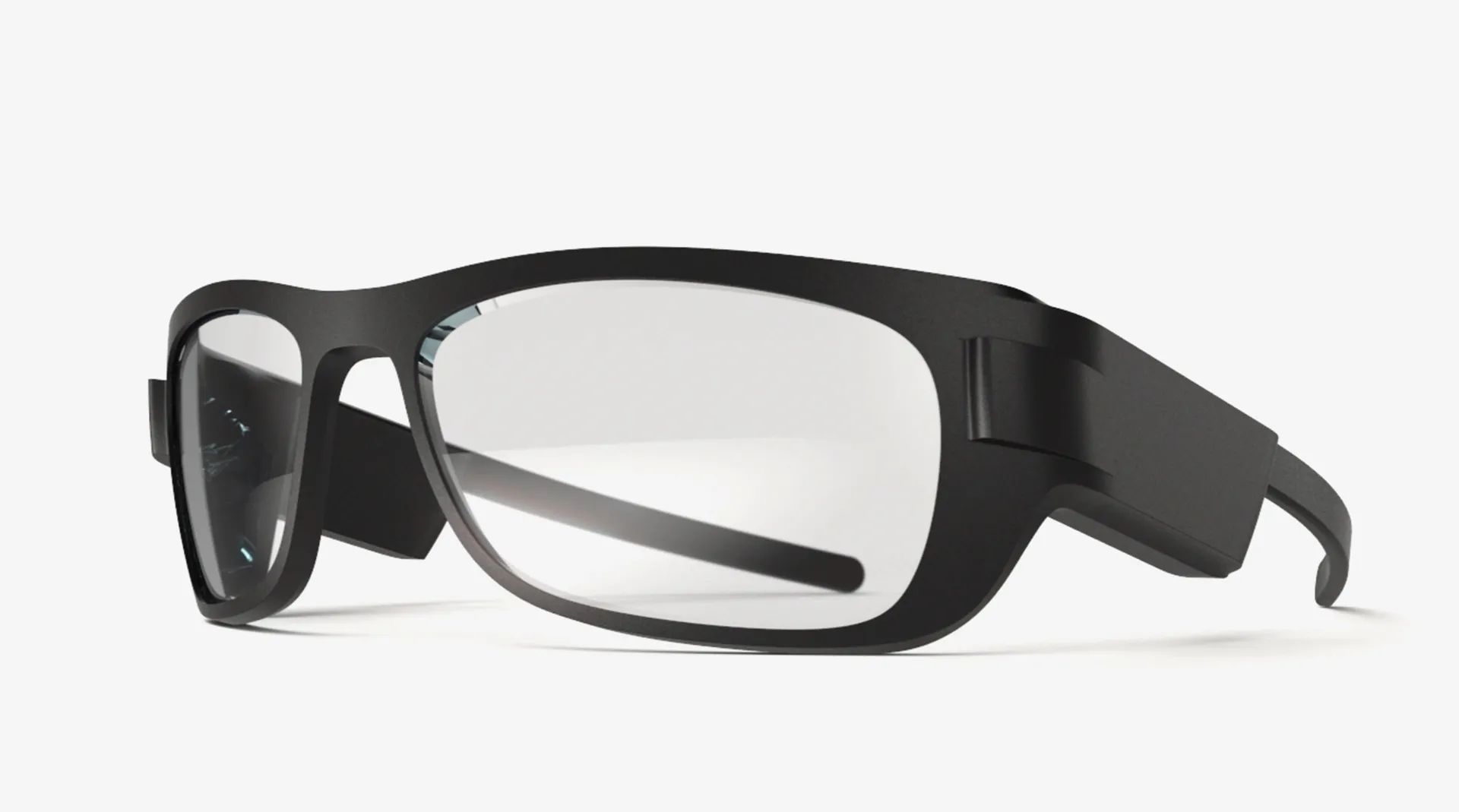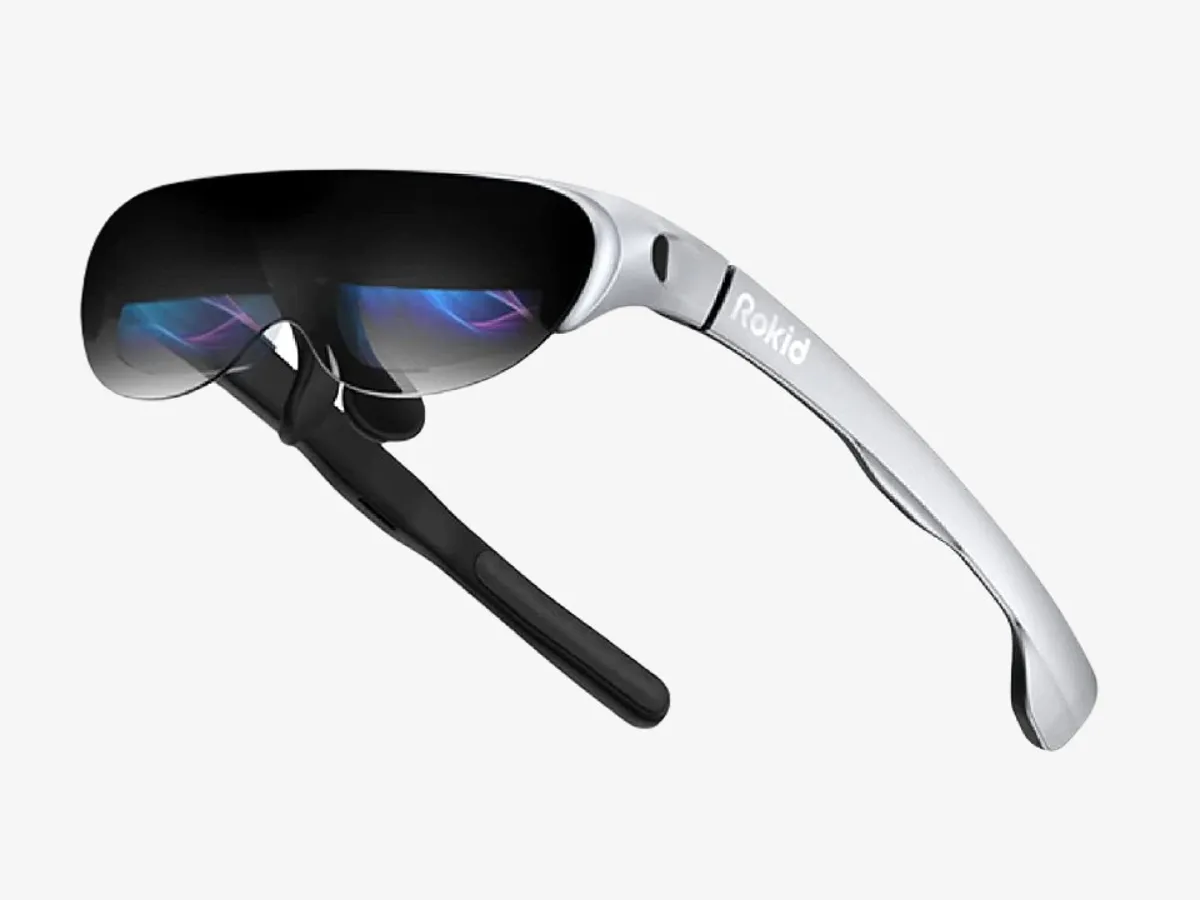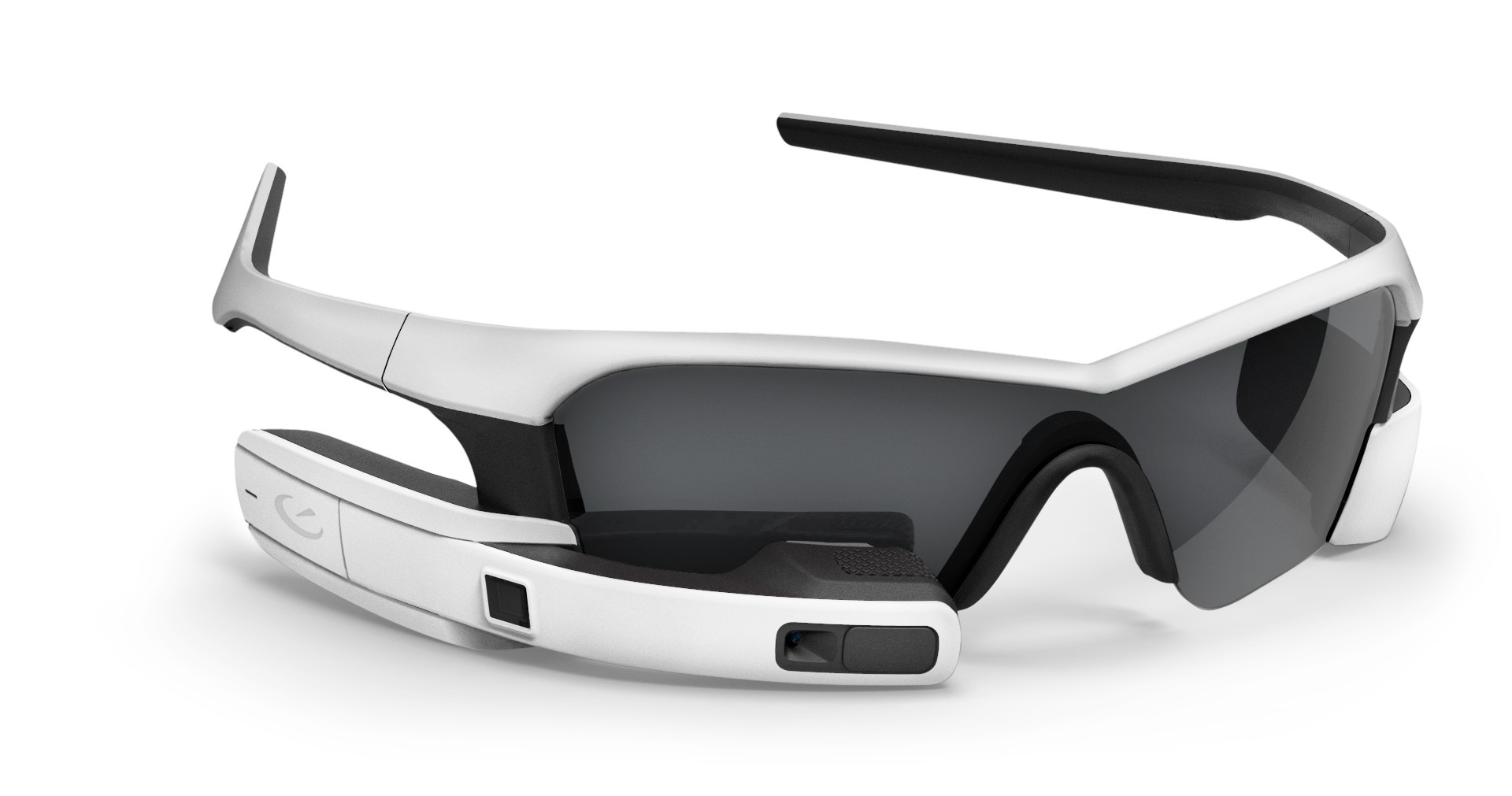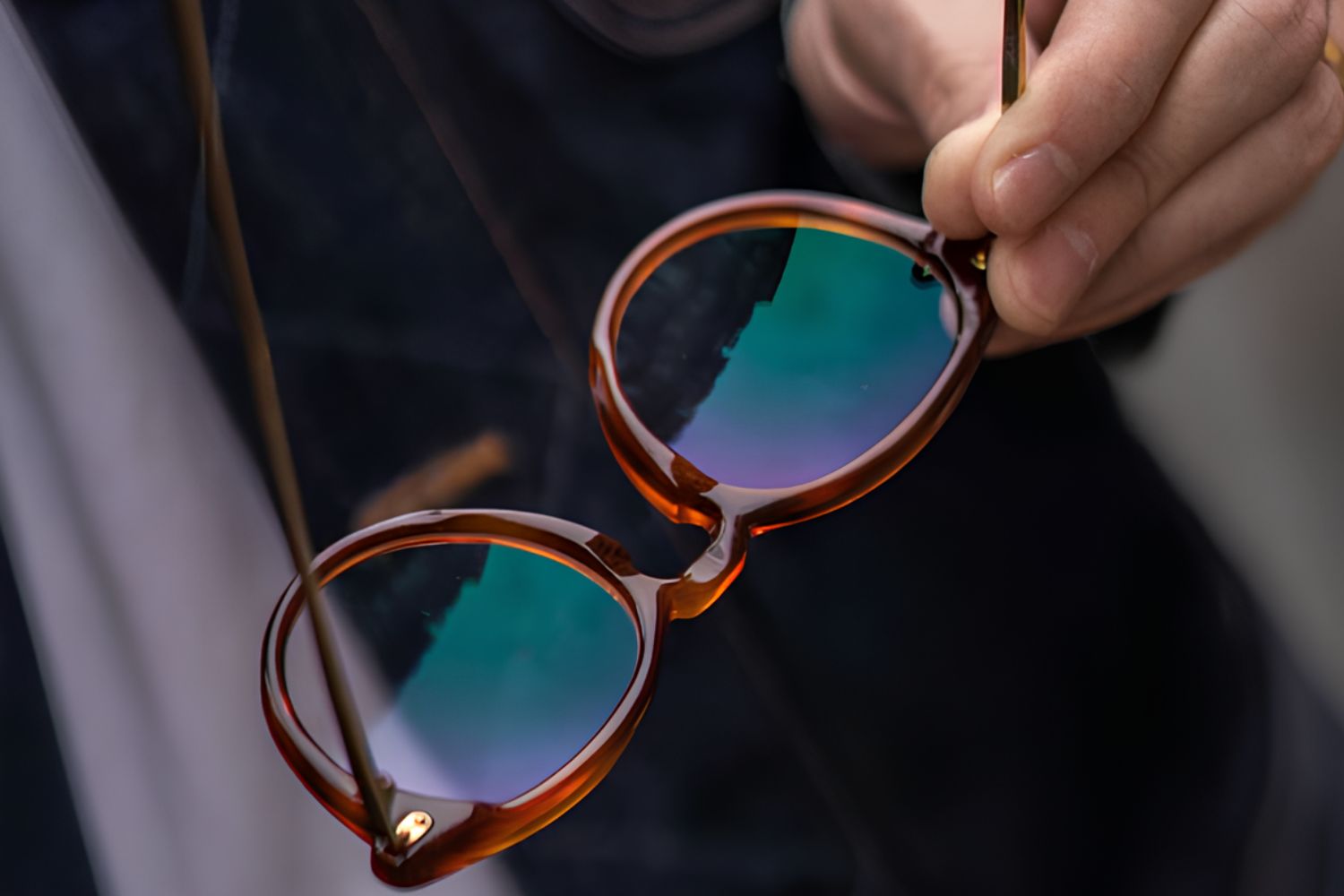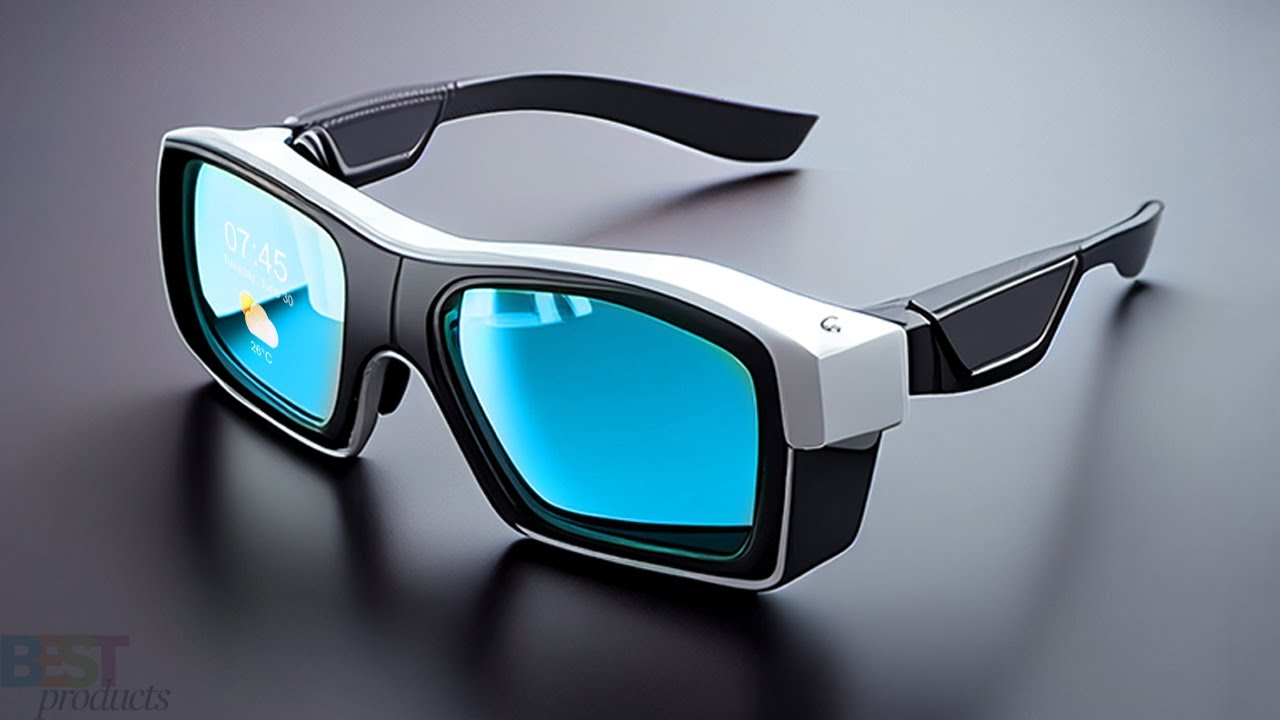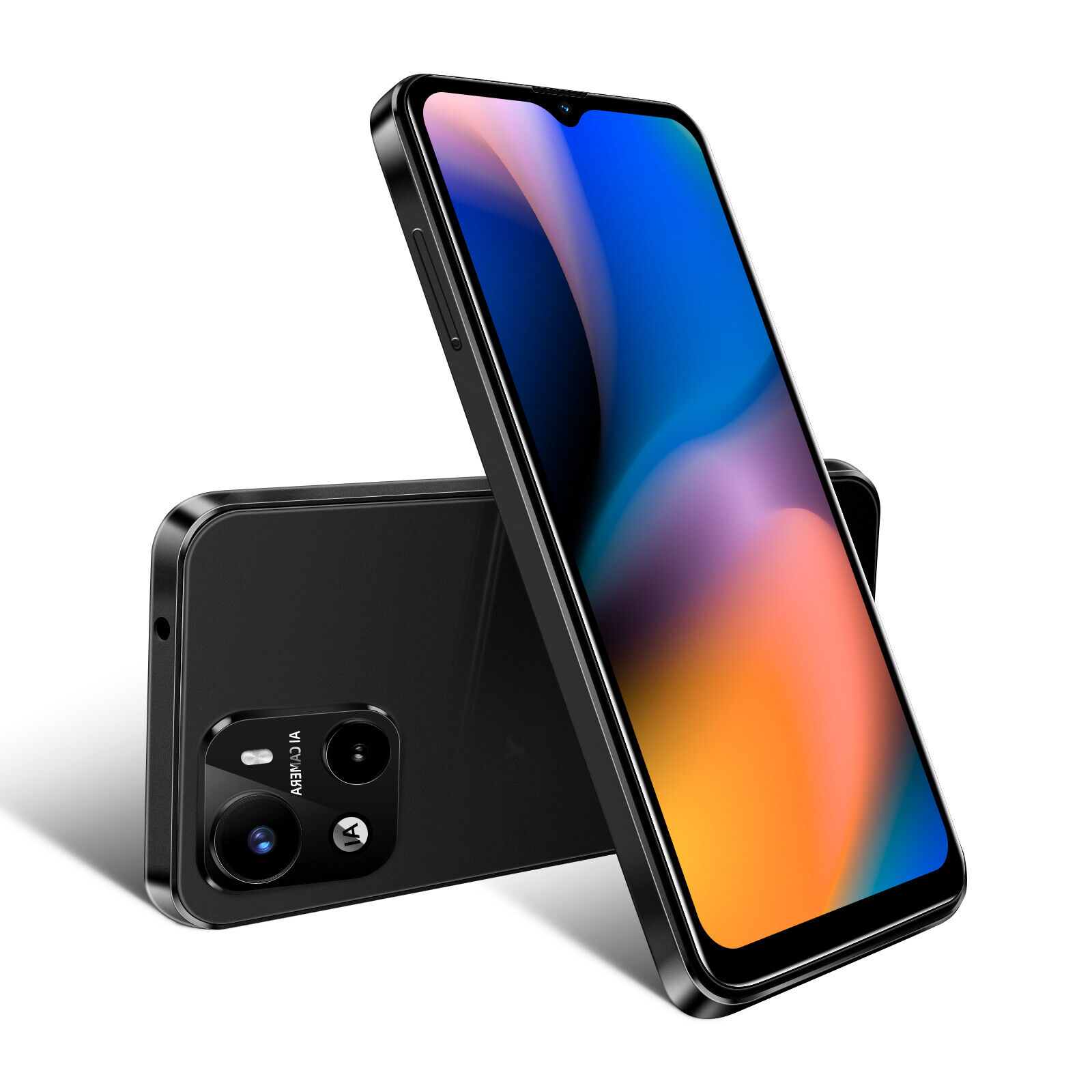Introduction
In today's digital age, the prevalence of electronic devices has become an inseparable part of our daily lives. Whether it's working on a computer, browsing the internet on a smartphone, or watching television, we are constantly exposed to screens emitting blue light. While these devices have undoubtedly revolutionized the way we communicate, work, and entertain ourselves, prolonged exposure to blue light can lead to digital eye strain, disrupted sleep patterns, and other potential health issues.
To combat these concerns, many individuals turn to blue light filters, which are often integrated into eyeglasses. These filters are designed to reduce the amount of blue light that reaches the eyes, thereby minimizing the associated negative effects. However, there are instances when users may find the need to remove or adjust these filters based on their specific preferences or requirements.
In this comprehensive customization guide, we will delve into the intricacies of blue light filters in glasses. We will explore the reasons why individuals may consider removing or adjusting these filters, the methods for doing so, and the potential implications of such modifications. Whether you're seeking a deeper understanding of blue light filters or contemplating customization options for your glasses, this guide aims to provide valuable insights and practical guidance.
By gaining a thorough understanding of blue light filters and the customization possibilities they offer, you can make informed decisions to optimize your visual comfort and overall well-being. Let's embark on this journey to unravel the nuances of blue light filters in glasses and explore the avenues for customization to suit your unique needs.
Understanding Blue Light Filters in Glasses
Blue light filters, also known as blue light coatings or tints, are specialized features incorporated into eyeglass lenses to mitigate the potential adverse effects of prolonged exposure to blue light emitted from digital screens and artificial lighting. These filters work by selectively blocking or absorbing a portion of the high-energy visible (HEV) blue light, which falls within the 400 to 500 nanometer wavelength range. By doing so, they aim to reduce eye strain, improve visual comfort, and potentially alleviate the disruptions to sleep patterns associated with excessive blue light exposure.
The prevalence of digital devices in our daily lives has led to an increased awareness of the potential impact of blue light on visual health. Blue light filters in glasses are designed to address these concerns by providing a layer of defense against the potentially harmful effects of blue light. They are particularly beneficial for individuals who spend extended periods in front of screens, such as office workers, students, and avid technology users.
The incorporation of blue light filters into eyeglasses is typically achieved through specialized lens coatings or tints. These coatings are engineered to selectively filter out a portion of the blue light spectrum, while allowing other wavelengths, including essential visible light, to pass through. As a result, the filters can help maintain color perception and visual acuity while reducing the potential strain caused by prolonged exposure to blue light.
It's important to note that not all blue light is detrimental, as some wavelengths are essential for regulating circadian rhythms and supporting overall well-being. Blue light filters aim to strike a balance by reducing excessive exposure without entirely eliminating the beneficial aspects of blue light.
In summary, blue light filters in glasses serve as a proactive measure to address the potential visual discomfort and health implications associated with prolonged screen time. By understanding the function and purpose of these filters, individuals can make informed decisions about their eyewear choices and explore customization options that align with their specific visual needs and lifestyle demands.
Removing Blue Light Filters
The decision to remove blue light filters from glasses may arise from various factors, such as personal preference, changing visual requirements, or the need for specialized lens treatments. While blue light filters offer valuable protection against the potential adverse effects of blue light, there are instances where individuals may seek to remove these filters to accommodate specific needs or preferences.
The process of removing blue light filters from glasses requires careful consideration and should ideally be performed by a qualified eyecare professional or optical technician. It involves the meticulous extraction of the existing blue light filter coatings or tints from the lenses without compromising their optical integrity.
One method for removing blue light filters involves the utilization of specialized equipment and expertise to strip away the existing coatings or tints from the lens surface. This process demands precision and finesse to ensure that the lenses remain unharmed and free from any residual coating remnants that could affect visual clarity.
It's important to note that attempting to remove blue light filters without the necessary expertise and equipment can result in irreparable damage to the lenses, compromising their optical performance and potentially rendering them unusable. Therefore, seeking professional assistance is paramount to ensure the safe and effective removal of blue light filters from glasses.
Individuals considering the removal of blue light filters from their glasses should engage in thorough discussions with eyecare professionals to understand the potential implications and explore alternative options that align with their visual needs. Additionally, they should seek expert guidance on potential lens treatments or modifications that can address their specific requirements while maintaining optimal visual comfort and protection.
Overall, the decision to remove blue light filters from glasses warrants careful deliberation and expert consultation to ensure that the process is executed with precision and consideration for the individual's visual well-being.
This section provides insights into the considerations and precautions associated with the removal of blue light filters from glasses, emphasizing the importance of professional guidance to safeguard visual health and optimize the customization of eyewear.
Adjusting Blue Light Filters
When it comes to the customization of eyewear, adjusting blue light filters in glasses presents a viable option for individuals seeking tailored visual experiences. The process of adjusting blue light filters involves fine-tuning the level of blue light filtration to align with specific visual preferences, environmental conditions, or evolving visual requirements.
One approach to adjusting blue light filters is through the utilization of specialized lens treatments or coatings that offer customizable levels of blue light filtration. Eyecare professionals can recommend and apply these treatments based on individual needs, allowing for personalized adjustments without the need for complete filter removal.
Additionally, some eyewear manufacturers offer glasses with adjustable blue light filtration settings, providing users with the flexibility to modify the filter intensity based on varying lighting conditions and screen usage. This innovative feature empowers individuals to adapt their visual environment without compromising the protective benefits of blue light filters.
Furthermore, advancements in lens technology have led to the development of adaptive blue light filters that automatically adjust their filtration properties in response to changing light conditions. These dynamic filters optimize visual comfort by dynamically adapting to the surrounding environment, ensuring consistent protection against excessive blue light exposure.
In situations where individuals require precise control over blue light filtration, specialized eyewear with interchangeable filter modules can offer a tailored solution. These modular filters allow users to select and interchange filter components to achieve the desired level of blue light protection, catering to diverse visual preferences and occupational demands.
The ability to adjust blue light filters in glasses reflects the evolving landscape of personalized eyewear customization, catering to the unique visual needs and preferences of individuals in an increasingly digital-centric world. By exploring the diverse options for adjusting blue light filters, individuals can enhance their visual comfort and well-being while embracing the benefits of tailored eyewear solutions.
This comprehensive exploration of adjusting blue light filters underscores the potential for personalized customization in eyewear, empowering individuals to optimize their visual experiences in alignment with their distinct preferences and lifestyle requirements.
Conclusion
In conclusion, the customization of blue light filters in glasses encompasses a spectrum of considerations, ranging from the potential removal of filters to the nuanced adjustments tailored to individual visual needs. The prevalence of digital devices and the associated exposure to blue light have underscored the significance of understanding and customizing blue light filters to optimize visual comfort and well-being.
The journey through this customization guide has shed light on the multifaceted nature of blue light filters, emphasizing their role in mitigating the potential adverse effects of blue light while preserving essential visual qualities. From the understanding of blue light filters' purpose to the exploration of removal and adjustment options, individuals have gained valuable insights into the customization landscape of eyewear.
The decision to remove blue light filters from glasses demands careful consideration and expert guidance to ensure the preservation of optical integrity and visual performance. Seeking professional assistance is paramount to navigate this process effectively and safeguard the individual's visual well-being.
On the other hand, the realm of adjusting blue light filters unveils a realm of possibilities, from personalized filter treatments to dynamic adaptive solutions, empowering individuals to tailor their visual experiences in response to diverse environmental conditions and lifestyle demands. This avenue of customization reflects the evolving landscape of personalized eyewear solutions, aligning with the unique preferences and requirements of individuals in an increasingly digital-centric world.
Ultimately, the customization of blue light filters in glasses transcends the conventional boundaries of eyewear, intertwining visual health, personalized comfort, and technological advancements. By arming themselves with a deeper understanding of blue light filters and the customization options available, individuals can make informed decisions to curate eyewear solutions that harmonize with their distinctive visual needs and lifestyle dynamics.
As the digital landscape continues to evolve, the customization of blue light filters stands as a testament to the intersection of visual technology and personalized well-being, offering individuals the opportunity to embark on a journey of tailored visual experiences that resonate with their individuality and enhance their overall quality of life.







